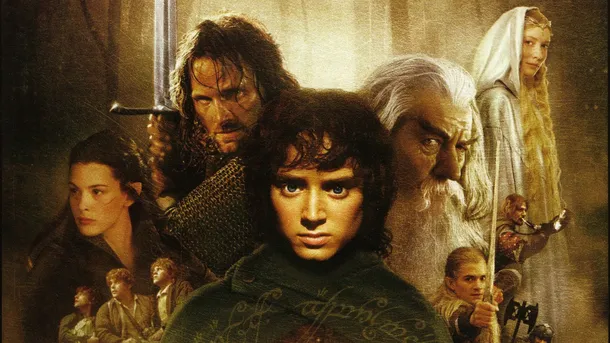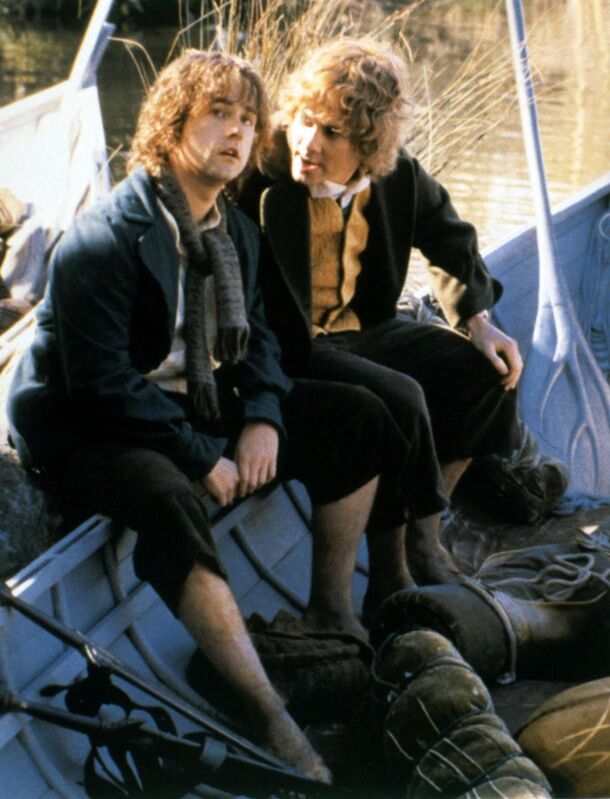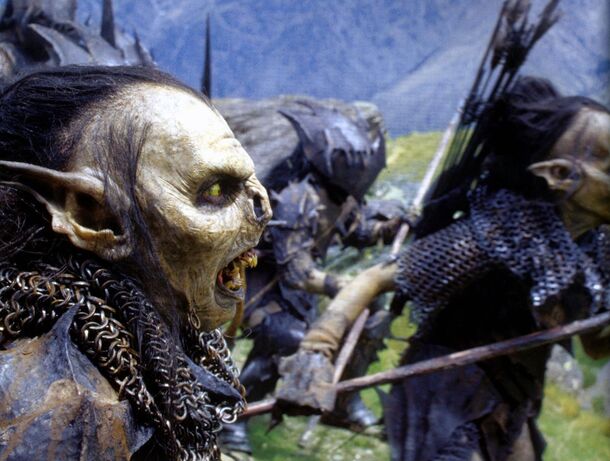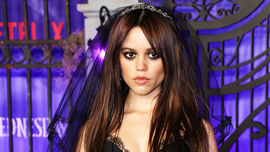6 Reasons 'The Lord of the Rings' Feels Outdated Today: A Classic That’s Weathered the Years

The films remain legendary, but more and more they feel like relics — even to devoted fans.
Even the greatest stories can age. The Lord of the Rings was undeniably groundbreaking: epic scale, immersive world, emotional depth. Yet time has passed — and with every rewatch, Peter Jackson’s adaptation shows cracks when held up against today’s standards. We’ve picked six reasons why this franchise no longer feels quite flawless — especially compared to modern series.
Heroes or Villains — There’s No In-Between
The Lord of the Rings is classic black-and-white fantasy: good versus evil. Noble elves, murderous orcs, steadfast hobbits. But modern audiences increasingly crave complex characters — heroes with flaws, villains with shades of grey. Here, such nuance is rare. Boromir is a slight exception, though he ultimately redeems himself as a hero. Ambivalence is scarce, and this leaves Lord of the Rings trailing behind newer shows like House of the Dragon or Andor.
Merry and Pippin — More Decoration Than Development
Even among the main cast, some characters hardly grow or influence the story. Merry and Pippin are prime examples. Early on, they simply wander as captives; later, they watch the Ents in action. Even in the finale, they barely have their moment. In The Two Towers, writers actually rewrote parts to give the hobbits more activity. Still, they largely feel like secondary figures.

Female Characters — Background Extras in a Male Epic
Tolkien’s epic was a tale of men, and this comes across strongly in the films. Eowyn fights bravely, but her storyline boils down to love and sacrifice. Arwen barely appears. Women here mostly care, suffer, or disappear. By today’s standards, they are marginalised — and that increasingly feels off-putting.
Return of the King — And Another, and Another...
The saga’s finale is infamous for its sheer number of endings. The screen fades, the audience exhales — but wait, there’s another scene. Then another. Return of the King wraps up the plot four separate times — which becomes exhausting. Rather than building to a single emotional crescendo, the final act drags on through endless farewells. Clearly, the editing scissors missed their cue.
Less Real, More CGI
The Fellowship of the Ring feels alive — actors, costumes, real locations. But by the third film — and especially in The Hobbit — Peter Jackson leans heavily on CGI. The Army of the Dead, huge battles — it all turns into animation. Even actors have admitted this. Viggo Mortensen famously said:

"The opening scenes were organic, then it started to balloon. By The Hobbit, it was a full-on digital show."
Men Save the Day, Again and Again
Where’s the diversity? In The Lord of the Rings, almost all the cast are white. The world feels visually monochrome. Even elves and dwarves don’t break the mould. In the 2000s, this was accepted. Today, it’s a glaring casting issue. The series The Rings of Power has tried to fix this, but the films’ stain remains.
